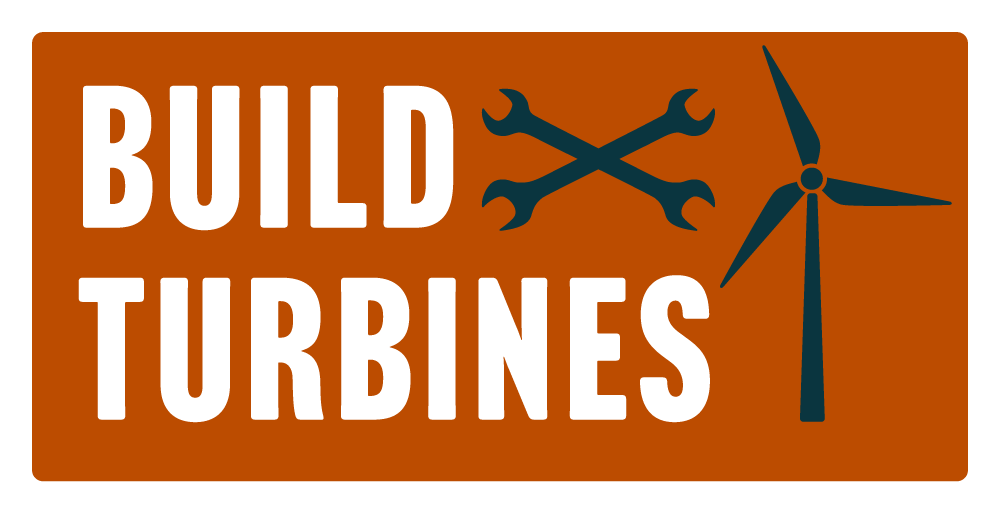The growing wind energy industry offers various career opportunities, including positions as Wind Turbine Technicians and Blade Technicians. While these roles share some similarities, they also have distinct differences in terms of responsibilities, skills, training, and career prospects. This article explores these two critical roles in the wind energy sector, helping potential job seekers understand the nuances of each position.
Overview of Roles
Wind Turbine Technician:
Wind Turbine Technicians are responsible for the overall maintenance, repair, and inspection of wind turbines. Their duties include troubleshooting electrical, mechanical, and hydraulic components, performing routine inspections, and ensuring the turbines operate efficiently. These technicians work at great heights, often climbing towers over 200 feet tall, and must be comfortable working in various weather conditions.
Blade Technician:
Blade Technicians specialize in the inspection, repair, and maintenance of wind turbine blades. These blades are critical components of the turbines, capturing wind energy and converting it into electricity. Blade Technicians focus on ensuring the structural integrity and aerodynamic efficiency of the blades. Their work often involves composite materials, such as fiberglass and carbon fiber, and requires a deep understanding of blade design and construction.
Key Responsibilities
Wind Turbine Technician:
- Perform routine inspections and maintenance on wind turbines.
- Troubleshoot and repair electrical, mechanical, and hydraulic systems.
- Climb wind turbine towers to access nacelles and hubs.
- Monitor turbine performance and ensure optimal operation.
- Adhere to safety protocols and regulations.
- Document maintenance activities and report issues.
Blade Technician:
- Inspect wind turbine blades for damage and wear.
- Repair structural and surface damage using composite materials.
- Perform non-destructive testing (NDT) to detect internal defects.
- Maintain records of blade conditions and repairs.
- Ensure blades are aerodynamically efficient.
- Work on blades both on-site (while attached to turbines) and in specialized facilities.
Skills and Training
Wind Turbine Technician:
- Strong understanding of electrical, mechanical, and hydraulic systems.
- Ability to work at heights and in confined spaces.
- Proficiency with diagnostic tools and software.
- Knowledge of safety procedures and regulations.
- Technical training or an associate degree in wind energy technology or a related field.
- Certifications such as Global Wind Organization (GWO) training.
Blade Technician:
- Expertise in composite materials and repair techniques.
- Skill in using hand tools and specialized equipment for blade repair.
- Familiarity with non-destructive testing methods.
- Attention to detail and precision in repairs.
- Training programs or certifications in composite technology or blade repair.
- GWO certification may also be beneficial.
Working Conditions
Both Wind Turbine Technicians and Blade Technicians work in physically demanding environments. They often face challenging weather conditions and must adhere to strict safety protocols. However, the nature of their work environments can differ significantly.
Wind Turbine Technicians typically work at great heights, climbing towers to access nacelles and hubs. They must be comfortable with heights and have the physical endurance to perform tasks while suspended or in confined spaces. The job can involve travel to various wind farms, often in remote locations.
Blade Technicians may also work at heights, but their focus on blades means they often work in different settings. They may perform repairs on-site, requiring them to work suspended from ropes or platforms. Additionally, they may work in specialized facilities where blades are removed from turbines for extensive repairs or modifications.
Career Prospects and Advancement
Both roles offer promising career prospects as the wind energy industry continues to expand. According to the U.S. Bureau of Labor Statistics, employment for Wind Turbine Technicians is projected to grow much faster than the average for all occupations. This demand is driven by the increasing number of wind farms and the need for regular maintenance and upgrades.
Wind Turbine Technicians can advance to supervisory or managerial positions, overseeing maintenance teams and coordinating larger projects. With additional training and experience, they may transition to roles such as Wind Energy Engineers or Project Managers.
Blade Technicians also have opportunities for advancement, particularly in specialized areas of blade technology. They may move into roles such as Blade Repair Supervisors, Quality Control Inspectors, or Composite Material Specialists. The demand for their expertise in maintaining and optimizing blade performance ensures a steady demand for skilled professionals.
Which Career Path Will You Take?
Choosing between a career as a Wind Turbine Technician and a Blade Technician depends on your interests, skills, and career goals. Wind Turbine Technicians enjoy a broad range of responsibilities involving various turbine components, requiring a diverse skill set and a willingness to work at heights. Blade Technicians, on the other hand, specialize in the intricate repair and maintenance of turbine blades, focusing on composite materials and aerodynamic efficiency.
Both roles are vital to the wind energy industry, offering exciting and rewarding career opportunities. As the demand for renewable energy grows, the need for skilled technicians in both fields will continue to rise, making now an excellent time to pursue a career in wind energy.



